Phong Nha Ke Bang National Park is home to the oldest karst mountains in Asia, estimated to have formed around 400 million years ago, and was designated a Unesco World Heritage Site in 2003 as a result. Phong Nha is not only a speleologist's paradise but also a treat for anyone who enjoys seeing nature in its wildest form, as it is riddled with hundreds of cave systems, many of extraordinary scale and length, and spectacular underground rivers.
1. Overview
Located in northern Quang Binh province, the Phong Nha-Ke Bang National Park spans a massive 123,326 hectares of the Annamite Range. Because of this expansion, the site now have a common boundary with the Lao People's Democratic Republic's Hin Namno Nature Reserve. A total of 100,296 hectares are designated as a strictly protected area within Phong Nha - Ke Bang National Park, while an additional 19,619 hectares are designated as an ecological restoration area and 3,411 hectares are designated as a service subdivision. There are tropical forests and limestone plateaus that make up the Park's landscape. There is a wide variety of caves and underground rivers, as well as other spectacular phenomena, to be found there. Many rare and endangered species call this place home. By protecting the catchment areas that are so crucial to the stability of limestone landscapes, this expansion guarantees a more consistent ecosystem.
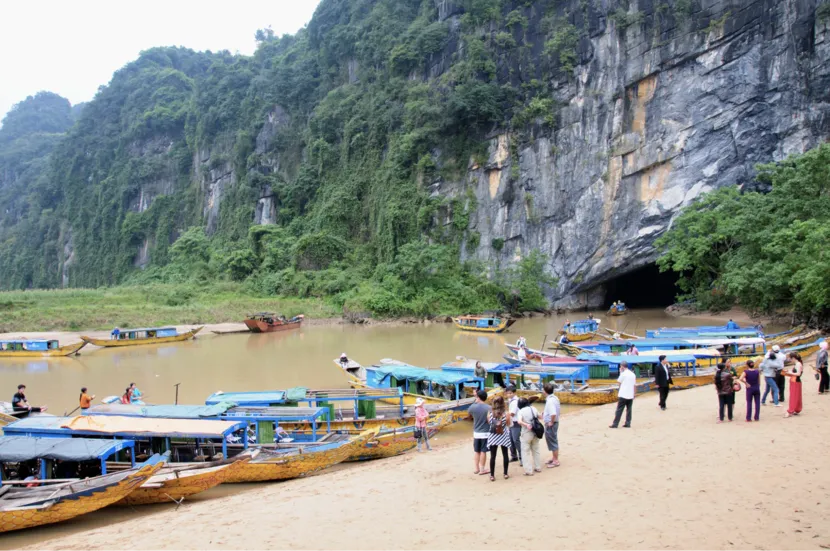
The boat dock near Phong Nha cave
2. What is Phong Nha Ke Bang National Park famous for?
Limestone mountains
Two massive limestone mountains, each more than a kilometer in height, can be found within the Park's boundaries. Co Rilata Peak, at 1,128 meters, and Co Preu Peak, at 1,213 meters, are two of the most impressive mountains in the area.
The park's outer ring of limestone runs north, northeast, and southeast, making up the vast majority of the park's topography. These peaks range in height from 500 m to 1000 m, and are deeply divided. Visitors are drawn to Phong Nha-Ke Bang by the grandiosity and singularity of its limestone mountain ranges.
Rivers and Streams
Among the reed and green bamboo rows, you'll find the charming Son and Chay Rivers (the two longest and underground ones in the Phong Nha-Ke Bang region). These two rivers have carved out the majority of the caves in this area. The Son River's only exit for about 20 kilometers is at the cave's mouth in Phong Nha.
More than ten breathtaking streams, springs, and waterfalls can be found in the Phong Nha-Ke Bang region, including the Gió waterfall, Madame Loan & Chài waterfall, Vang Anh stream, which emerges from a range of limestone mountains, and Tra Ang stream.
Natural caves
One of Vietnam's most breathtaking destinations is Phong Nha Ke Bang National Park because of the cave collection. Hang Son Doong Cave, the largest cave in the world, and Phong Nha Cave, home to the longest underground river in the world, are just two of the many caves that are popularly known in this area. Moreover, the longest known wet cave is Vom Cave in Vietnam, while the most beautiful dry cave in Vietnam is Thien Duong Cave. There are so many things you can discover in these caves, especially for nature lovers.
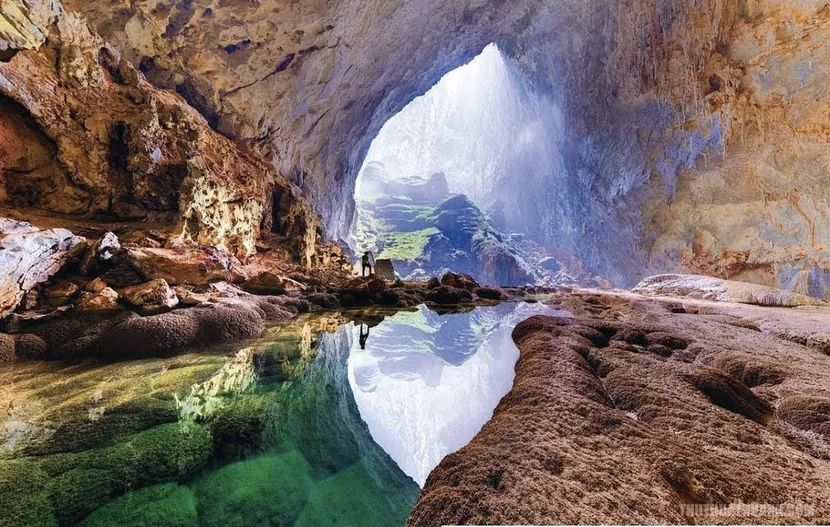
Hang Son Doong cave in Phong Nha national park
Flora and Fauna
Numerous vertebrate species, including those found in the Ke Bang primary jungles and included in the Vietnam and World's Red Books, can be found here. If you're feeling adventurous, you can explore deeper into the jungles in search of exotic wildlife like the gecko, macaque, and others. Observing them head on is exciting and fascinating in equal measure.
The tropical jungles also boast the greatest Calocedrus rupestris in the country, along with a plethora of other plant species, making them a haven for ecotourists and plant enthusiasts. There are 751 vascular plant species in 140 families, 427 genera, and the Red Data Book of Vietnam lists 36 as endangered or critically endangered.
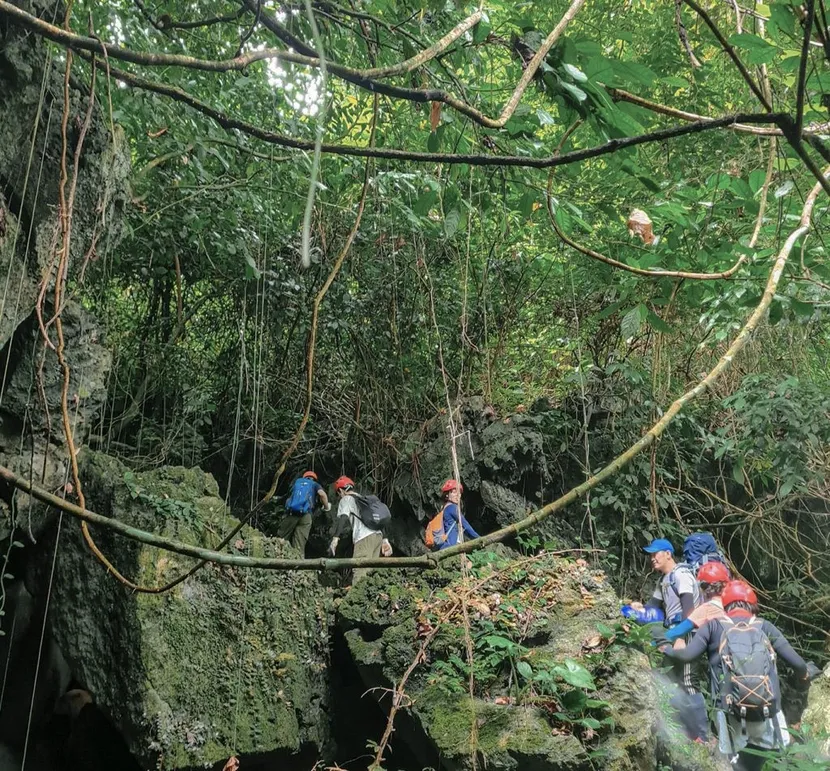
Trekking to Phong Nha National Park to discover the pristine nature
Cultural value
The park is home to several indigenous ethnic groups, such as the Bru-Van Kieu and Chut people. These groups have inhabited the region for centuries and have developed their distinct cultures, traditions, and ways of life. They continue to practice traditional customs, rituals, and festivals that have been passed down through generations. These cultural practices often revolve around agriculture, fishing, and spiritual beliefs. Now, you can still see many ethnic minorities living nearby the national park. Chut ethnicities currently reside in two villages in the park's core zone. These ethnic group's presence adds cultural diversity and contributes to the overall heritage of the park.
3. Top things to do in Phong Nha Ke Bang National Park
Caves Exploration
For adventurers:
Off-the-beaten-path cave exploration is the coolest thing to do in Phong Nha Ke Bang National Park. To get there, you'll need to brave the jungle and use your helmet-mounted light to swim, abseil, and climb your way through a pitch-black cave.
Such an exciting exploration could be conducted in any one of dozens of caves. The Hang Son Doong is the largest cave in the world, making it the most well-known. It's not for everyone, though, because the cave costs pretty much to visit, limited booking and takes multiple days to explore. One of the most beautiful caves in the national park is the Hang En cave, which can be visited in two to three days.
More daring exploration can be found in the Pygmy Cave, Tu Lan Cave, and Hang Va Cave. You'll be swimming and climbing through a pitch-black cave, so get ready for a real adventure. Abseiling down a collapsed roof inside Tiger Cave is an exciting activity.
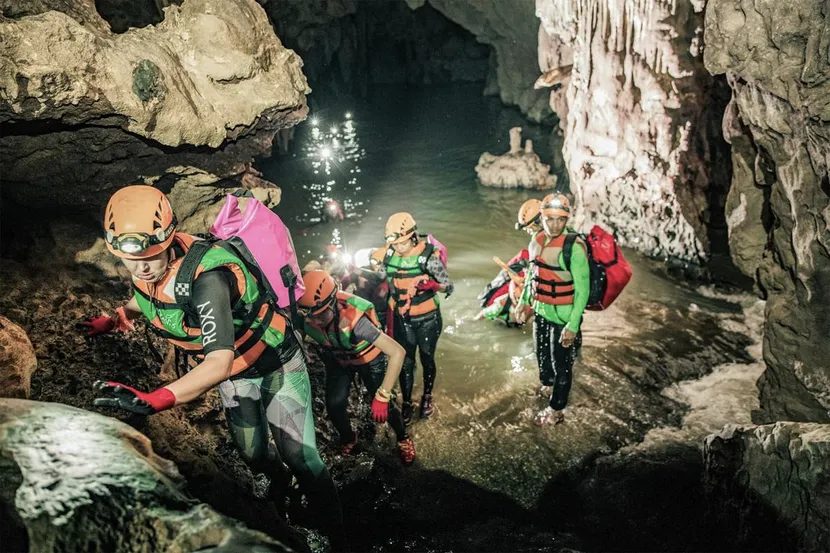
A challenging trekking route includes streams in caves
For non-adventurers:
No need to stress if you're not into extreme activities like trekking through the jungle or swimming in underground rivers. From the road, you can access a number of well-lit caves with paved paths that eliminate the need for any climbing or scrambling.
Phong Nha Cave and Paradise Cave are the two most well-known caverns in the area. The most impressive cave is the one that was mentioned last. Massive caverns below ground with towering stalactites and stalagmites. The boat ride to Phong Nha Cave takes you through picturesque rural Central Vietnam.
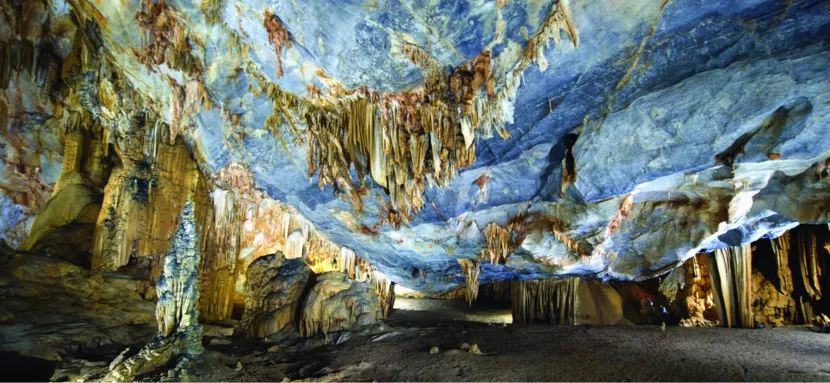
Phong Nha cave's stalagtites and stalagmites
Camping
Camping is a required part of any caving trip that will last more than one day. There is a small pond inside the Hang En cave that serves as the most impressive camping spot. Camping inside the Pygme cave is an option as well. In contrast, the campsites of most other caving trips are located outside in the jungle, typically near a waterfall or river.
It's something everyone should try at least once in their lives, and the experience is guaranteed to be unforgettable whether you choose to spend the night in a cave or in the middle of the jungle far from civilization.
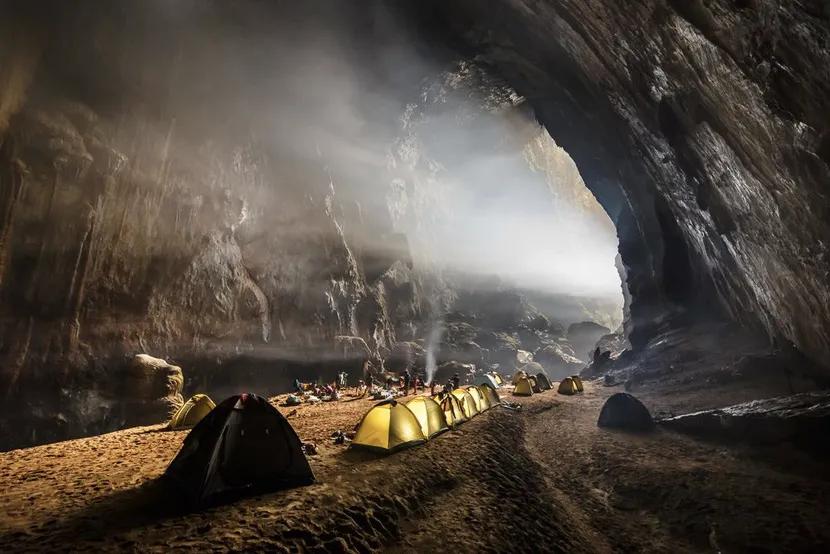
Water activities
Kayaking, swimming, a floating bounce island, and zip lines high above the river are just some of the water-based activities that can be enjoyed at the Phong Nha Ke Bang National Park's river and smaller sea rivers.
All of these aquatic pursuits can be combined with a trip to a cave at The Dark Cave. To get to the cave's entrance, you first ride the longest zipline in Vietnam. The interior of the dark cave consists entirely of mud, and your journey will culminate in a real mud bath. When you're ready, you can swim out of the cave and into waiting kayaks, where you can rinse off and make your way back to the beginning. There are also shorter zip lines in the river that drop you off onto the water or one of the floating islands.
The Suoi Nuoc Mooc eco trail is another great location for water-based fun. There are a number of canoes, canoe tours, and zip lines to choose from here. Fun and relief from the heat are guaranteed here.
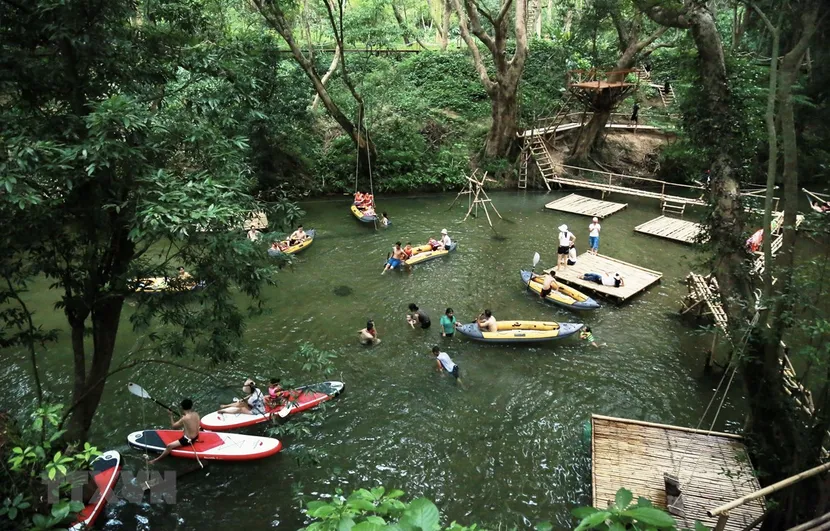
Ozo Park entertainment zone in Phong Nha National Park has many creational activities
Jungle Trekking
The jungle in Phong Nha looks just like the movies and what you'd expect a real jungle to look like. It's possible to see wildlife on a walk through the forests and along the low-lying rivers that cut through the mountains. Obviously, the best way to trek is with a group led by an experienced tour guide who can take you down paths rarely visited by tourists.

Explore local life on a motorbike/bike ride
Biking or riding a motorcycle through the park is a great way to take in its breathtaking scenery above ground. Bicycles can be borrowed for free from many of the park's lodging options, and motorcycle rentals start at only 100,000 VND per day.
The roads lead deep into the jungle, but you can also travel outside the park to enjoy the scenic and open landscape. You can take in the sights of the park as you travel through it, or you can stop at the caves that dot the route. Visit Bong Lai Valley on the Ho Chi Minh Highway if you're interested in seeing more of the countryside. This area is also home to people of different races. The Bru Van Kieu minority lives in small villages outside of the park, in houses built on stilts. They rely heavily on the cultivation of rice from flooded and burnt fields. You will spot the most authentic image of the locals when you go this way.
4. How to get to Phong Nha Ke Bang National Park in Vietnam?
- Flight: Traveling to Phong Nha by airplane is the most convenient option. Dong Hoi Airport receives flights from Hanoi and Ho Chi Minh City every day.
- Train: The main train line from Hanoi to Ho Chi Minh City stops in Dong Hoi. Ninh Binh is located to the north, and Hue and Danang (Hoi An) can be reached by traveling south. You can plan ahead and buy train tickets or view the train schedule on the Vietnam Railway website.
See more: Vietnam Sleeper Train: Things to Know Before Your Journey
- Bus: Sleeper buses (VND 300,000) run daily between Hanoi and Phong Nha. The one-way trip takes about 9 hours of driving. Bus tickets are typically available at hotels and travel agencies the day before departure.
With the first two options, your stop is at Dong Hoi. From train station/ airport at Dong Hoi, you will have to take a transfer to Phong Nha. Buses departing from Dong Hoi and heading to Phong Nha cost as little as VND 35,000. From 5 AM to 5 PM, hourly (except at noon), buses make the trip in 45-90 minutes. If you want to save time, taking a taxi from Dong Hoi's airport or train station to Phong Nha will get you there quickly.
In case you travel with a local travel agency, no need to worry much about transfer because you will be taken care for everything.
See more: Top Vietnam Travel Agencies for Private Tour

Overnight trains from Hanoi to Dong Hoi run frequently
5. FAQs
5.1. How much does it cost to enter Phong Nha Ke Bang National Park in Vietnam?
The Phong Nha Ke Bang National Park entrance fee is different for each site you visit. You can pay for Phong Nha cave, Thien Duong Cave, Chay River, Mooc Spring, etc... seperately.
- Phong Nha cave
Adults: 150,000 VND
Children under 1.3 meters: Free of charge
Boat fee: 550,000 VND per boat, which can accommodate up to 12 passengers, including children and is equipped with life jackets
- Thien Duong cave
Adults: 250,000 VND
Children from 1.1 meters to 1.3 meters: 50% of an adult
Electric car: 200,000 VND per car, which can accommodate up to 8 passengers
5.2. In what way should we understand the name Phong Nha Ke Bang?
Phong Nha is a highly evocative expression. The Sino-Vietnamese words "phong" and "nha" mean "wind" and "teeth" respectively. The name "Phong Nha" conjures up mental images of wind caressing through rocky crevices.
Phong Nha also refers to the well-known Phong Nha Cave, which has been popular with tourists since the days of French colonial. The national park's management team included this famous landmark in the name in an effort to entice more people to visit and learn about the park's rich history and diverse ecosystems. At the same time, Ke Bang stood in for the woods.
5.3. Is there food service in Phong Nha Ke Bang National Park?
There aren't many dining options in Phong Nha town. However, if you enjoy the rustic flavors of Vietnamese home cooking, you will not be disappointed. The city also features a small selection of restaurants serving food from other countries. Delicious regional cuisine is typically served at inns. If not, eating in your hotel is your best bet.
5.4. When is the best time to visit Phong Nha Ke Bang National Park in Vietnam?
The dry season lasts from April through August. The cave in Phong Nha is beautiful, and this is recommended as the best time to visit. The average temperature inside the cave is 21 degrees Celsius, a welcome relief from the roughly 37 degrees Celsius outside.
The rainy season covers the remaining months of the year. It may be challenging to explore the water caves in Phong Nha at this time. However, it is still possible to explore dry caves like Tien Son Cave, Thien Duong Cave, etc.
Phong Nha Ke Bang National Park is ideal for any nature lover. I hope the information above is useful for your next adventure in this interesting place.
For more activities and tours, see the following suggestions or contact us via email [email protected].
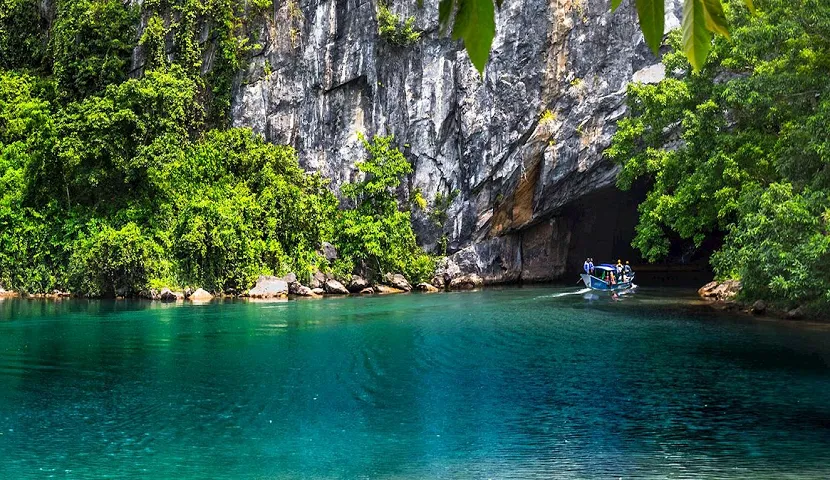






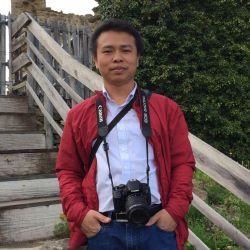
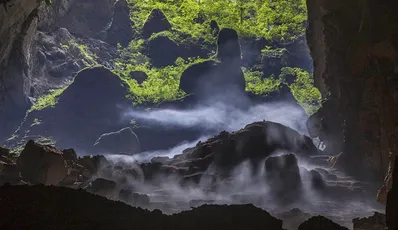
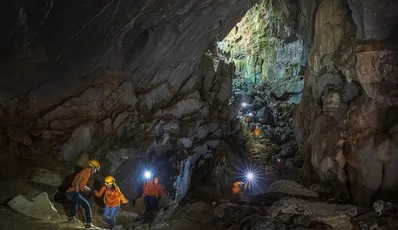
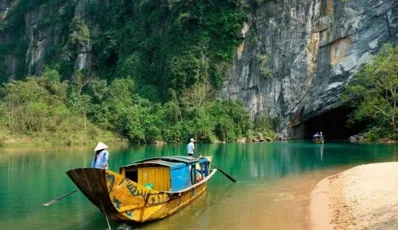
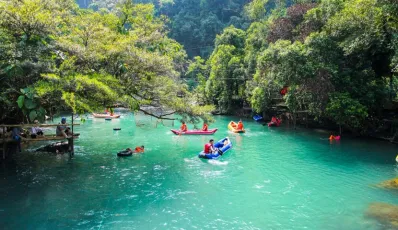
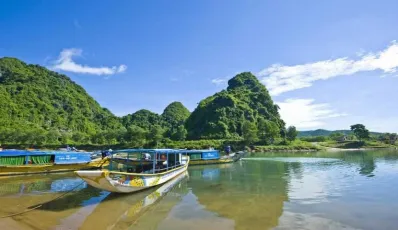
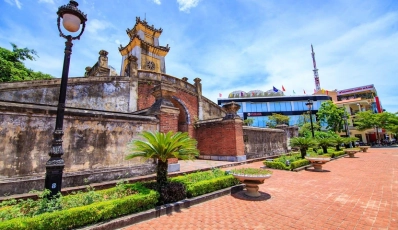
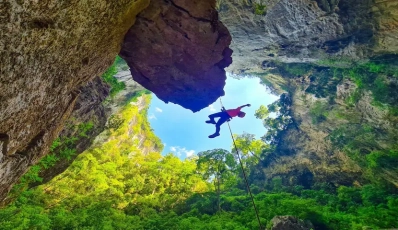
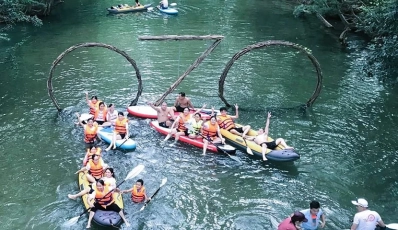
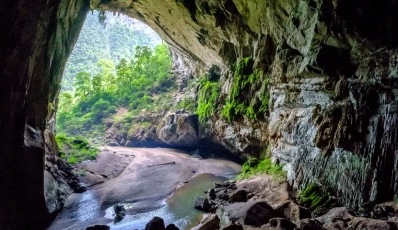
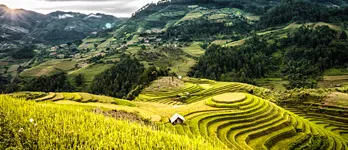
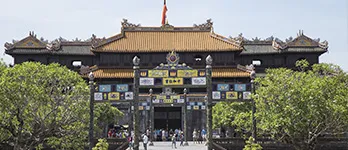
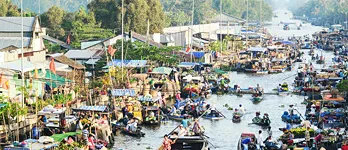

 TRAVELERS' CHOICE 2025
TRAVELERS' CHOICE 2025 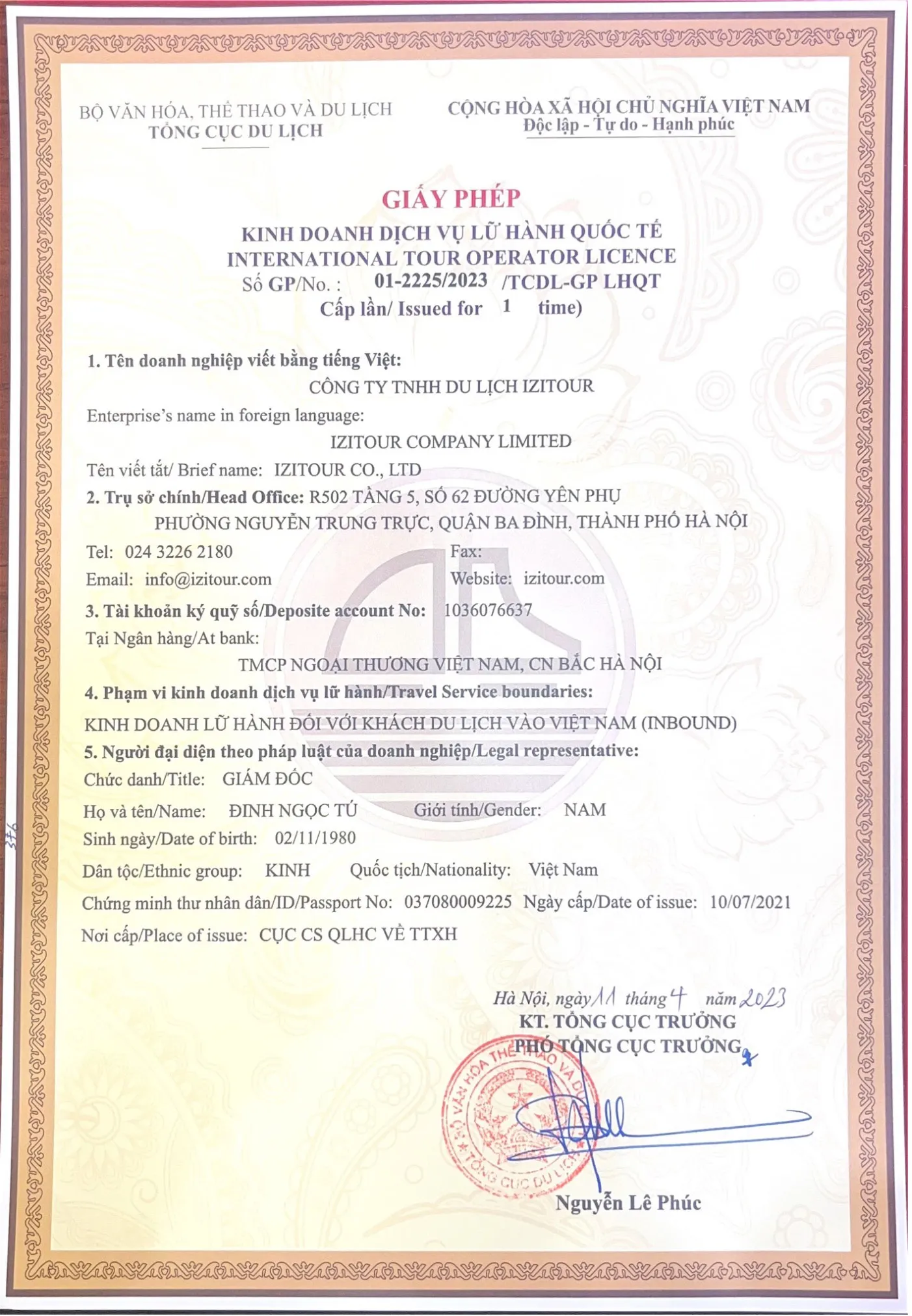



02 Comments
Denmark
We would like to go into the jungle, is Phong Nha Ke Bang considered a jungle? And this place looks awesome, can we fly a drone there?
Vietnam
Write Reply